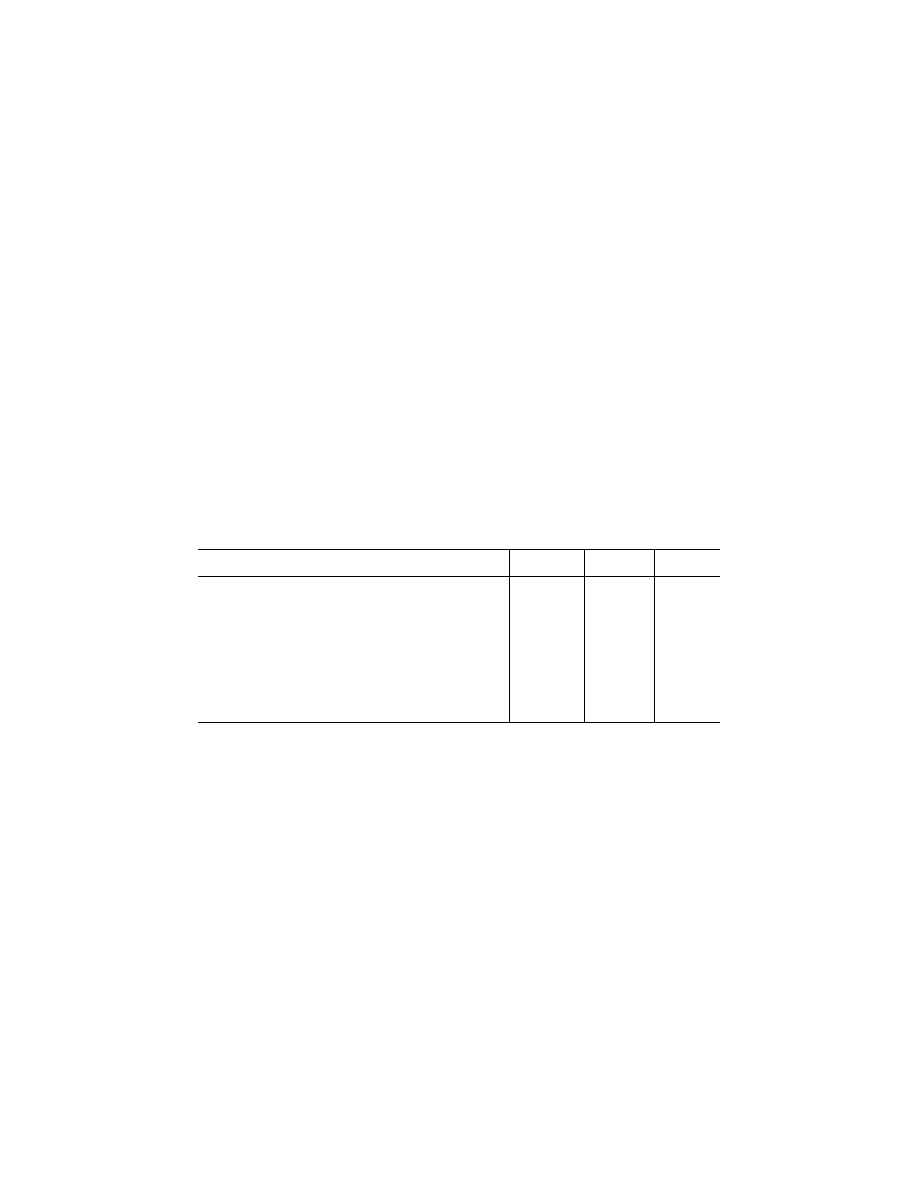
724
14 CFR Ch. I (1–1–19 Edition)
§ 33.78
(2) Require the engine to be shut-
down.
(d) For an engine that incorporates a
protection device, compliance with this
section need not be demonstrated with
respect to ice formed forward of the
protection device if it is shown that—
(1) Such ice is of a size that will not
pass through the protective device;
(2) The protective device will with-
stand the impact of the ice; and
(3) The ice stopped by the protective
device will not obstruct the flow of in-
duction air into the engine with a re-
sultant sustained reduction in power or
thrust greater than those values de-
fined by paragraph (c) of this section.
(e) Compliance with the require-
ments of this section must be dem-
onstrated by engine ice ingestion test
under the following ingestion condi-
tions or by validated analysis showing
equivalence of other means for dem-
onstrating soft body damage tolerance.
(1) The minimum ice quantity and di-
mensions will be established by the en-
gine size as defined in Table 1 of this
section.
(2) The ingested ice dimensions are
determined by linear interpolation be-
tween table values, and are based on
the actual engine’s inlet hilite area.
(3) The ingestion velocity will simu-
late ice from the inlet being sucked
into the engine.
(4) Engine operation will be at the
maximum cruise power or thrust un-
less lower power is more critical.
T
ABLE
1—M
INIMUM
I
CE
S
LAB
D
IMENSIONS
B
ASED ON
E
NGINE
I
NLET
S
IZE
Engine Inlet Hilite area
(sq. inch)
Thickness
(inch)
Width
(inch)
Length
(inch)
0 .......................................................................................................................
0 .25 0
3.6
80 .....................................................................................................................
0 .25 6
3.6
300 ...................................................................................................................
0 .25 12 3.6
700 ...................................................................................................................
0 .25 12 4.8
2800 .................................................................................................................
0 .35 12 8.5
5000 .................................................................................................................
0 .43 12
11.0
7000 .................................................................................................................
0 .50 12
12.7
7900 .................................................................................................................
0 .50 12
13.4
9500 .................................................................................................................
0 .50 12
14.6
11300 ...............................................................................................................
0 .50 12
15.9
13300 ...............................................................................................................
0 .50 12
17.1
16500 ...............................................................................................................
0 .5 12
18.9
20000 ...............................................................................................................
0 .5 12
20.0
[Doc. No. 16919, 49 FR 6852, Feb. 23, 1984, as
amended by Amdt. 33–19, 63 FR 14798, Mar. 26,
1998; 63 FR 53278, Oct. 5, 1998; Amdt. 33–20, 65
FR 55856, Sept. 14, 2000; Amdt. 33–34, 79 FR
65537, Nov. 4, 2014]
§ 33.78
Rain and hail ingestion.
(a)
All engines.
(1) The ingestion of
large hailstones (0.8 to 0.9 specific grav-
ity) at the maximum true air speed, up
to 15,000 feet (4,500 meters), associated
with a representative aircraft oper-
ating in rough air, with the engine at
maximum continuous power, may not
cause unacceptable mechanical damage
or unacceptable power or thrust loss
after the ingestion, or require the en-
gine to be shut down. One-half the
number of hailstones shall be aimed
randomly over the inlet face area and
the other half aimed at the critical
inlet face area. The hailstones shall be
ingested in a rapid sequence to simu-
late a hailstone encounter and the
number and size of the hailstones shall
be determined as follows:
(i) One 1-inch (25 millimeters) diame-
ter hailstone for engines with inlet
areas of not more than 100 square
inches (0.0645 square meters).
(ii) One 1-inch (25 millimeters) di-
ameter and one 2-inch (50 millimeters)
diameter hailstone for each 150 square
inches (0.0968 square meters) of inlet
area, or fraction thereof, for engines
with inlet areas of more than 100
square inches (0.0645 square meters).
(2) In addition to complying with
paragraph (a)(1) of this section and ex-
cept as provided in paragraph (b) of
this section, it must be shown that
each engine is capable of acceptable op-
eration throughout its specified oper-
ating envelope when subjected to sud-
den encounters with the certification
standard concentrations of rain and
VerDate Sep<11>2014
12:50 Apr 30, 2019
Jkt 247046
PO 00000
Frm 00734
Fmt 8010
Sfmt 8010
Y:\SGML\247046.XXX
247046
spaschal on DSK3GDR082PROD with CFR